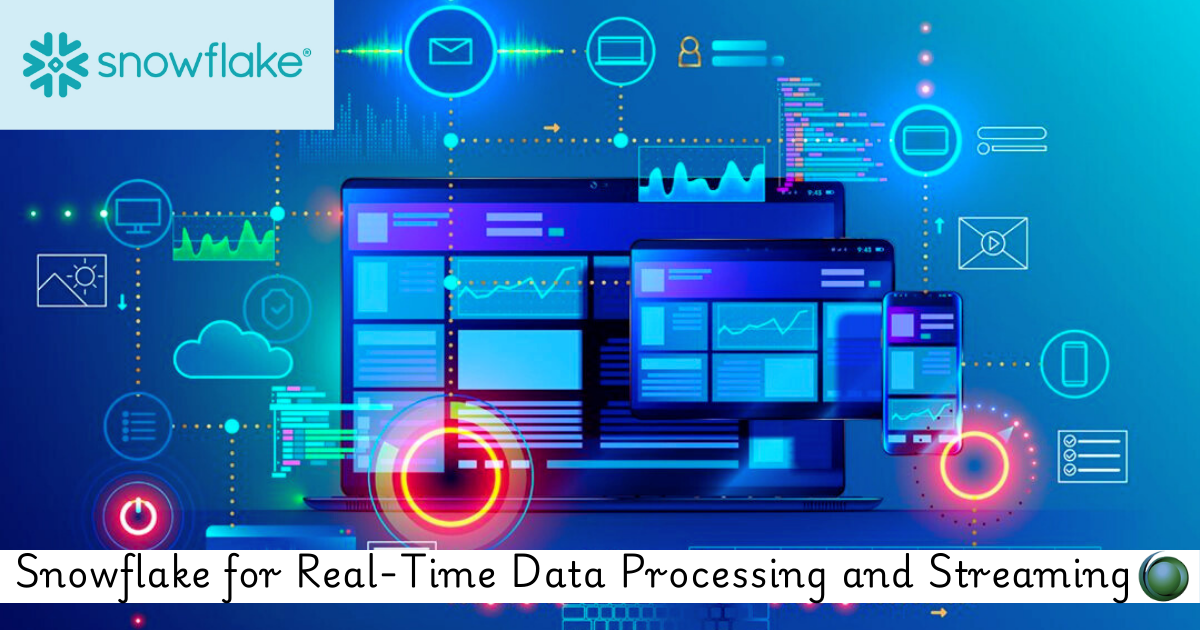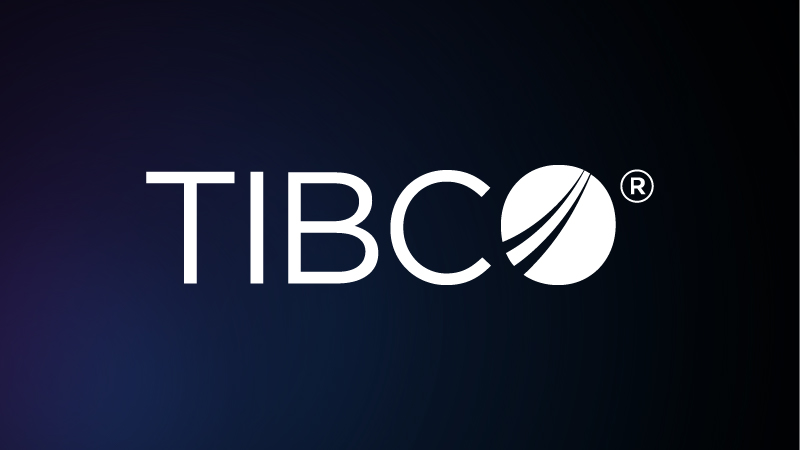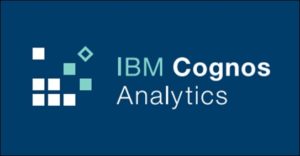Description
Introduction
Snowflake offers a powerful platform for real-time data processing and streaming, enabling organizations to process data as it arrives. By leveraging Snowflake’s scalability and built-in capabilities, businesses can efficiently handle live data feeds, support real-time analytics, and deliver up-to-date insights. This guide provides an overview of how to use Snowflake for real-time data processing and streaming, as well as best practices for optimizing performance.
Prerequisites of Snowflake
- Basic understanding of Snowflake’s architecture and features.
- Familiarity with SQL and data processing concepts.
- Knowledge of cloud data platforms and streaming services.
Table of Contents
1. Introduction
1.1 What is Real-Time Data Processing?
1.2 Benefits of Real-Time Processing with Snowflake
1.3 Key Real-Time Use Cases
2. Snowflake Streaming and Data Ingestion
2.1 Ingesting Real-Time Data into Snowflake(Ref: Data Sharing and Collaboration with Snowflake)
2.2 Using Snowpipe for Continuous Data Loading
2.3 Integrating External Streaming Sources (Kafka, Kinesis, etc.)
3. Snowflake’s Architecture for Real-Time Processing
3.1 Understanding Micro-Partitions in Real-Time
3.2 Managing Real-Time Data Streams with Snowflake
3.3 Role of Virtual Warehouses in Real-Time Processing
4. Real-Time Data Transformation and Analytics
4.1 Continuous Data Transformation with Snowflake
4.2 Leveraging Streams and Tasks for Real-Time Analytics
4.3 Real-Time Data Processing with Snowflake SQL Functions
5. Handling Event-Driven Architectures with Snowflake
5.1 Event Streaming and Processing with Snowflake
5.2 Building Event-Driven Pipelines with Snowflake
5.3 Use Cases for Event-Driven Real-Time Data Processing
6. Optimizing Real-Time Data Processing in Snowflake
6.1 Efficient Data Partitioning for Real-Time Performance
6.2 Scaling Snowflake Virtual Warehouses for Real-Time Load
6.3 Minimizing Latency in Real-Time Data Operations
7. Real-Time Data Integration with Third-Party Tools
7.1 Integrating Snowflake with Streaming Tools like Apache Kafka
7.2 Best Practices for Third-Party Real-Time Integration
7.3 Leveraging Snowflake Connectors for Real-Time Streaming
8. Snowflake and Data Lakes for Real-Time Processing
8.1 Combining Snowflake with Data Lake Architectures
8.2 Using Snowflake for Real-Time Analytics in Data Lakes
8.3 Streamlining Data Lake and Data Warehouse Integration
9. Monitoring and Troubleshooting
9.1 Setting Up Real-Time Data Monitoring in Snowflake
9.2 Troubleshooting Real-Time Data Streams
9.3 Automated Alerts and Reporting for Real-Time Operations
10. Future Trends
10.1 Emerging Real-Time Use Cases in Cloud Data Platforms
10.2 The Role of AI and Machine Learning in Real-Time Analytics
10.3 Future Enhancements in Snowflake for Real-Time Processing
Snowflake enables organizations to efficiently process and analyze data in real-time through its seamless integration with cloud-based streaming services and robust SQL capabilities. By implementing best practices for real-time data ingestion, transformation, and analytics, businesses can gain actionable insights from live data streams and make faster, data-driven decisions.







Reviews
There are no reviews yet.